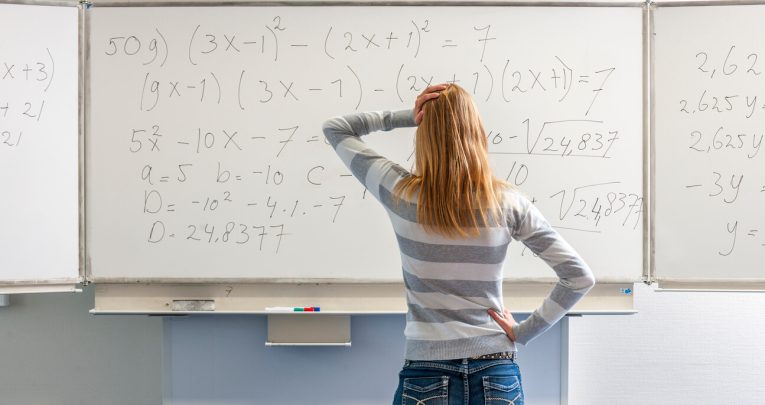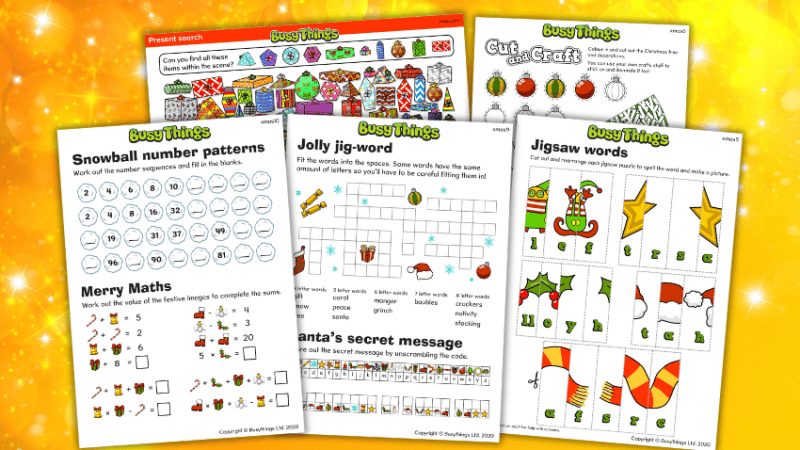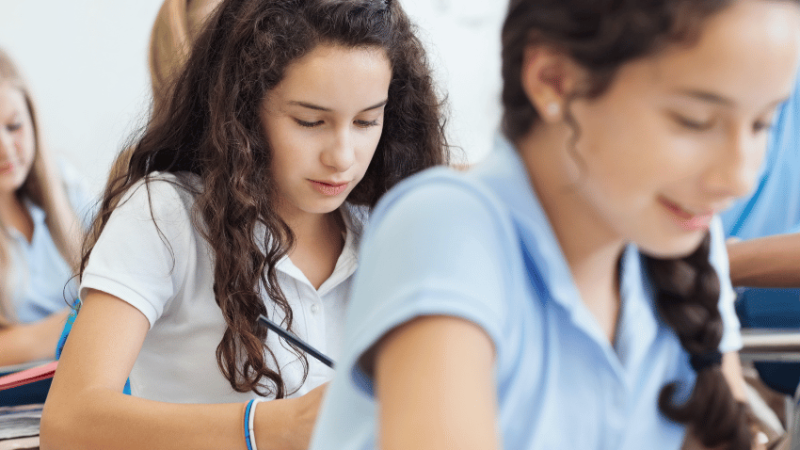5 Ways to Make Classroom Maths Relevant to Secondary Students

"When will I ever use this in life?" – Teachers are used questions like this, but these ideas from Christine Norledge will help pupils understand the relevance of mathematics before they've even asked…

“But Miss…when will I ever actually need to use this in life?”
This was the oft-repeated refrain of a particularly spirited bunch of Year 9s I taught a few years ago, and it certainly wasn’t unique to them.
By Year 11, the desire for a decent answer to this question seems to have abated, and all but the very rebellious have accepted with glazed eyes that it’s on the exam so they have to learn it, regardless of the relevance, but the struggle with lower years is very real.
My earlier approach to dealing with this was turning to resource websites like TES; murder mysteries in particular offered quick fixes, but these never seemed particularly satisfactory, often done at the end of a topic as if to say – here’s your big reveal, this is where you’ll use algebraic formulae – box ticked and forgotten within days.
For the last couple of years, my approach has been different, and it seems to work better; that’s not to say that I don’t still use resources like murder mysteries and codebreakers – they can be a bit of harmless fun after all!
1 | Capitalise on genuine applications
Some topics lend themselves very well to immediate and meaningful contexts: arithmetic; ratio; proportion; geometry. One of my favourite topics to teach is Pythagoras and trigonometry, for exactly this reason.
I have a few genuine real-from-my-life examples of where I have used these skills in DIY projects, complete with photographic evidence in case students doubt the authenticity of my little stories.
It’s particularly powerful to allow students to tackle such problems before beginning a topic, usually leading to a messy trial-and-error approach, then to try again at the end of the topic and see if they can apply their new skills to come up with a more sophisticated route to a solution.
A particularly good source of problems like these is Don Steward’s blog.
2 | Beware pseudo-contexts
Some topics, on the other hand, are more challenging – “Tim has x sweets. John has 3 more than Tim. Together they have 15 sweets. How many does John have?”.
Kids can tell from a mile away when we’re trying (and usually failing) to make things relevant to them.
They then start doing infuriating things like “working it out in my head, Miss”, rather than writing down the neat equation we actually want to see – because if they’re going to approach this as a real-world problem, they use their real-world strategies, which tend to be as far-removed as possible from our desire for them to form and solve an equation.
Obviously there is merit to working on these types of question – being able to construct and solve an equation for a given problem is an important skill – but we need to be clear and honest with our students that we’re not expecting them to use their algebra skills for this in the future.
3 | Make the most of cross-curricular links
Discussion and problems from other subjects that our students may be studying offer a wealth of genuine links to mathematics – they will need these skills in their immediate “real life” when they go off to Physics after lunch.
These can be simple ideas, such as using the SUVAT equations when practising rearranging formulae, or more complex applications, such as looking at population growth or radioactive decay when exploring exponentials.
For this to be really successful, a school-wide calculation policy is particularly useful, so that teachers of other subjects can model the processes used in the mathematics classrooms and students can start to recognise the relevance of the maths they’ve been learning.
One example we came up with when considering whole-school numeracy a couple of years ago was an issue in business when pupils struggled to calculate percentage profit and loss – it transpired that maths and business were using different methods and notation, as well as different calculators.
Using common notation and including some of the business problems when we taught percentages in maths really helped the students to make connections.
4 | Emphasise transferable skills
It’s arguable (and the kids will certainly argue it!) that at least some of the standard GCSE curriculum isn’t particularly relevant to 21st-century life.
For example, the average Foundation student is unlikely to be in a situation where knowledge of exact trigonometric ratios or the ability to solve a quadratic equation are particularly useful skills.
However, in learning mathematics, students are also developing a wide range of transferables that are relevant and useful:
- Thinking logically and being able to follow a thought process or method
- Thinking critically when working with simple proofs or demonstrations
- Ability to work systematically, organising and presenting a clear thought process
- Oral and written communication skills
- Knowledge and use of ICT and wider applications with computer programming
This is a good line of persuasion to take when working on what I call the “Algebra Toolkit” – skills such as solving equations, expanding, factorising, completing the square, many of which are carried out in a purely abstract way with little to no connection to anything concrete.
Yes, they may be able to solve a given equation in their head by trial and error, but it’s an important skill to be able to represent your thought process or reasoning steps in a way that someone else can understand.
It’s also worth highlighting to students that it is because of these skills that mathematics graduates are so valued and sought after.
5 | Most of all, try to communicate the “awe and wonder” of mathematics
As much as I’m not convinced by that slightly corny turn-of-phrase from Ofsted, it’s undeniable that mathematics lies underneath every observation and interaction we make with the world around us, but few students ever really appreciate this.
Some blame must be laid at the door of the tick-box learning objective culture, which can lead to mathematics being presented as a fragmented list of random skills.
It can be difficult in a target-driven environment to find time to combat this, but here are a few strategies I’ve tried:
- Modelling maths as enjoyable and explaining to students why I find it useful and relevant
- Giving historic contexts and allowing time to explore off-curriculum ideas (Fermat’s Last Theorem is always a winner; set theory with Year 7 was also interesting)
- Getting students to engage with and question the world around them – why does a thrown ball always move in a parabolic arc?
Ultimately, there’s no easy fix or quick resource that will stop students from questioning the relevance of what they’re studying in mathematics, and sometimes they do just have to accept this and get on with it.
It’s important to have a dialogue with students about this and empathise when the curriculum constrains us, but equally important to make the most of the opportunities we do have, and do our best to convince them of the relevance of mathematics to everything around them.
Christine Norledge is a maths teacher, compulsive resource hoarder and website creator. You can find her at storeroom.norledgemaths.com and follow her on Twitter at @MissNorledge.











